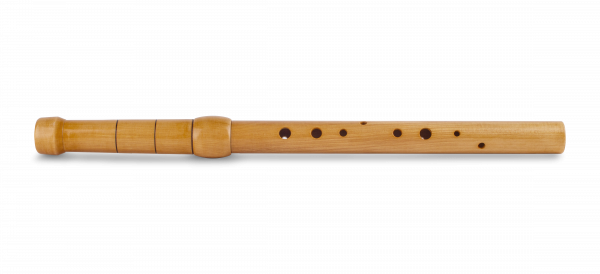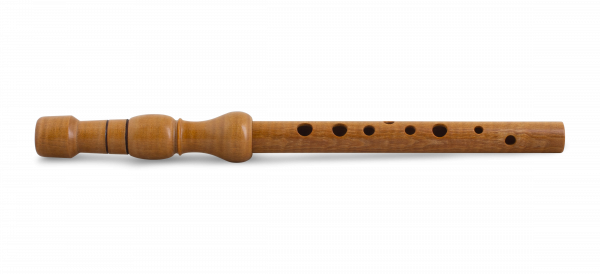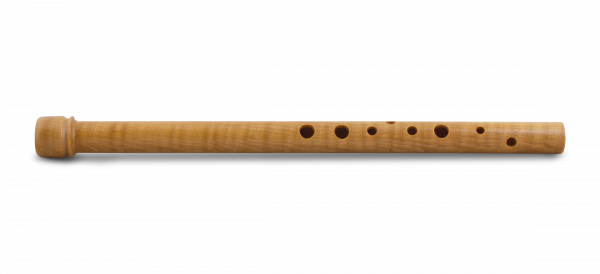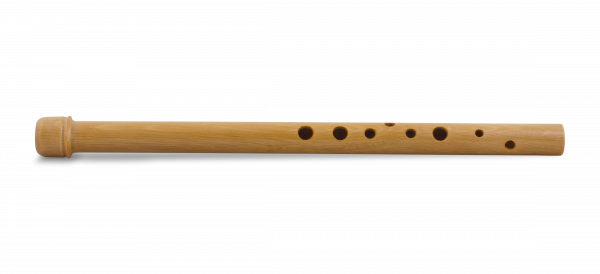Features
- Size: tenor in C
- Pitch: 442 Hz
- Model: Historical-80
- Material: maple
- Body: 2-piece construction
- Type: Ukrainian chromatic recorder
- Category: beginner, folk music
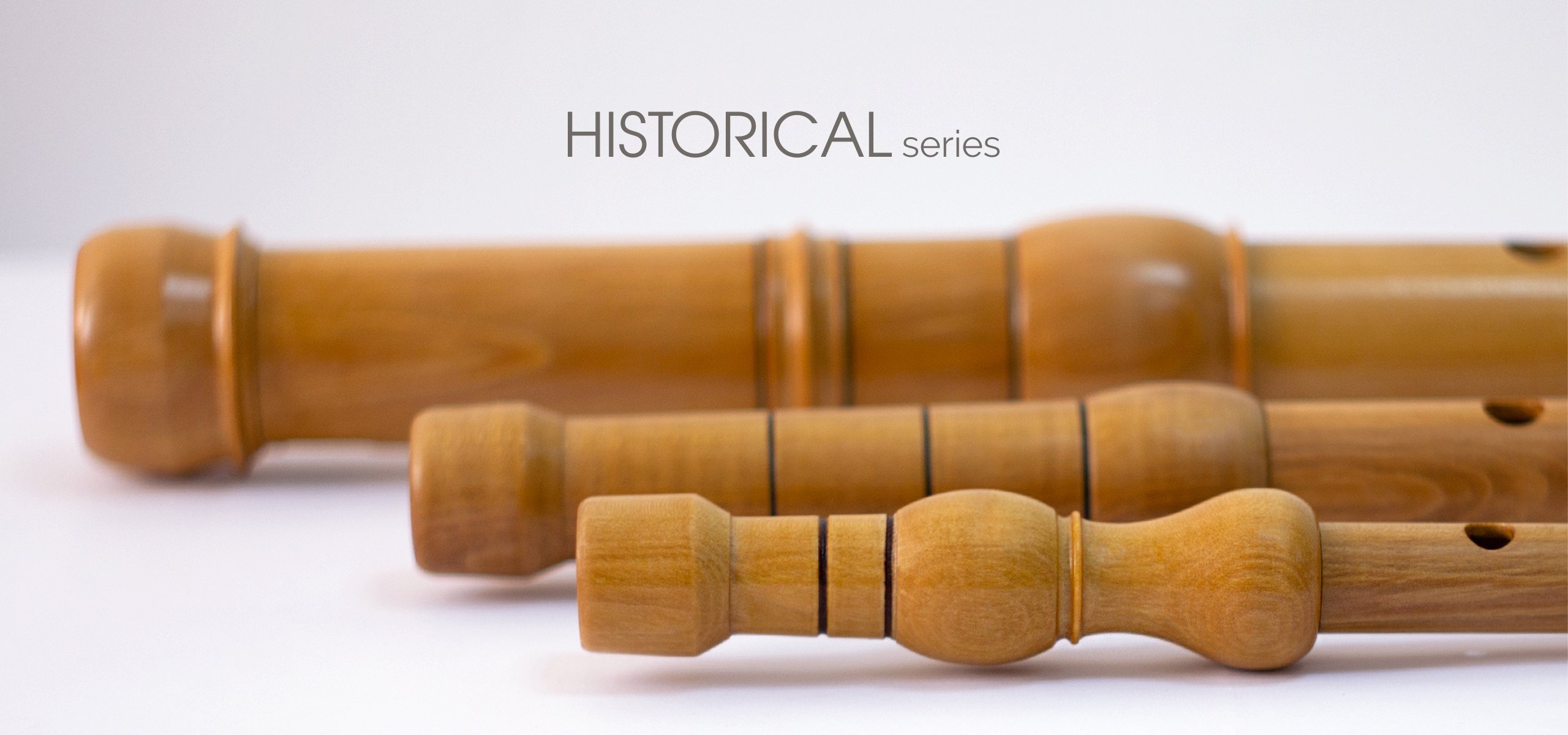
The series of instruments is made on the basis of the drawings of the Melnytze-Podilskyi production workshops with the maximum observance of all their technologies. Traditionally, instruments are made of hornbeam and covered with a natural varnish based on conifers. The only one of the series in which you can find a solid instrument of soprano size, which was the most common during the time of the workshops, became their unique business card and has not lost its popularity until now. It is interesting that this particular model of the instrument (one-piece flute – soprano) became the first model manufactured under the patent of the craftsman inventor D. Deminchuk, and therefore was the first sample of the Ukrainian chromatic longitudinal flute!
— The timbral characteristics of the flutes are close to ethnic samples.
— The sound is open and voluminous, rich in overtones and undertones, soft in the lower and middle registers and piercing in the upper.
— The volume of the sound depends on the register: weak in the low and strong in the high.
The series is represented by the following sizes:
Melnitse – Podilsk production and experimental workshops were founded in 1968 by Vasyl Oleksandrovich Zulyak (1921 – 1992), who played one of the key roles in the history of the flute. It is known from biographical sources that Vasyl Zulyak’s path to music began with a close acquaintance with fluter Andriy Malychka (Hermakivka village), and the first musical instrument that V. Zulyak mastered was the flute.
Since the introduction of the flute group in the orchestra of Ukrainian folk instruments in 1951, V. Zulyak faced a wide range of difficulties that he and other masters would overcome over the next few decades: intonation instability, tonal and technical limitations, small range, acoustic sound defects… In the process of working with the ensemble, the master saw all the shortcomings of the instrument, and decided to start solving them in a radical way – by unifying the order. Before V. Zulyak, the flute did not have a unified order – ethnic instruments were different from each other both in terms of sound and structure. The search for a standart flute for the experiment ended in the village of Boryshkivtsi, where V. Zulyak came across a C-major flute (made of pear wood). For the experimental work, V. Zulyak involved a folk craftsman from Hermakivka, Gavril Kaskun, from whom he learned carpentry as a child. The first successful ensemble instruments appeared as early as 1954: the soprano flute and the tenor flute, which sounded an octave lower than the soprano. Vasyl Zulyak saw a full-fledged flute ensemble as a choir with different voices, which is very reminiscent of the Western European model (in the German-speaking area from the 17th century until now, the blockflute ensemble is called the Blockflötenchor). At the initial stage, it was limited only to soprano and tenor sizes, and later (1966) it was supplemented with an alto flute in the key of g, designed by V. Zulyak himself.
The craftsman, designer and workshop director developed several different models of flutes at different times. Samples from the 1950s are shaped like baroque blockflutes, and the design contains both flute and blockflute elements. Flutes of the 1960s contained constructive innovations, although the structure of the labium and timbre characteristics were still close to traditional folk flutes. Their inner channel is cylindrical, with 6 holes, the scale is diatonic. Researchers assume that some of V. Zulyak’s instruments consisted of two parts and could be adjusted.
The turning point in the flutes produced by the workshops was the collaboration with the master inventor Dmytro Deminchuk (1942-2010), who in 1980 designed and patented a ten-hole Ukrainian chromatic longitudinal flute, the first serial producers of which were the Melnytse-Podilskyi workshops.
Serial production of chromatic concert flutes, however, did not last long – less than thirty years passed between the time of its establishment, its heyday (1970-1980), its decline (90s) and its final demise at the end of the 1990s. Production, not having time to strengthen, stopped.
The quality of the instruments produced by the workshops in different years was uneven. Most of the former masters of the Melnytsia-Podilskyi Plant learned their craft under the leadership of the founder of the workshops, V. Zulyak, who stimulated not only the improvement of their carpentry skills, but also insisted on mastering the instruments that the masters were specialized in making. The orchestra, which was also led by V. Zulyak, served as a laboratory for experiments with the arrangement of instruments, their sizes and repertoire. The studio, which has been operating under the orchestra since 1962, has trained more than one generation of fluters and other instrumentalists. The demand for instruments was signaled by numerous letters from fans of the Melnytskyi Orchestra, which at that time was known throughout Ukraine. At first, the workshop was housed in one room, but due to the large number of orders, it was expanded and successfully functioned as a profitable production plant.
When the plant gained momentum, ideological oppression began, and during the reconstruction period, its activity began to fade. The reason was a decrease in the number of orders for instruments and costumes and a complete lack of state support. From the beginning of the 1990s until now, the activity of the former Jevril workshops has been in the form of private production of flutes only.
However, in 2017, the flute became the object of attention of another company – the Acropolis company, whose management decided to revive the serial production of flutes. Led by the technologists of the former Melnytze-Podilskyi experimental production workshops, we devoted several years to the meticulous study of the secrets of their production tradition, and already in January 2019, the first instruments of this model appeared.
With respect for traditions, history and emphasizing the versatility of the Ukrainian flute, we continue to manufacture this model range of instruments, which continue to be popular among professional performers for performing folk music, among beginners who are just starting their journey, and among connoisseurs of Ukrainian musical tradition.
Based on the materials of Bozhena Korchynska’s dissertation research “Origins and development of professional flute culture in the space of Ukrainian instrumentalism”.
